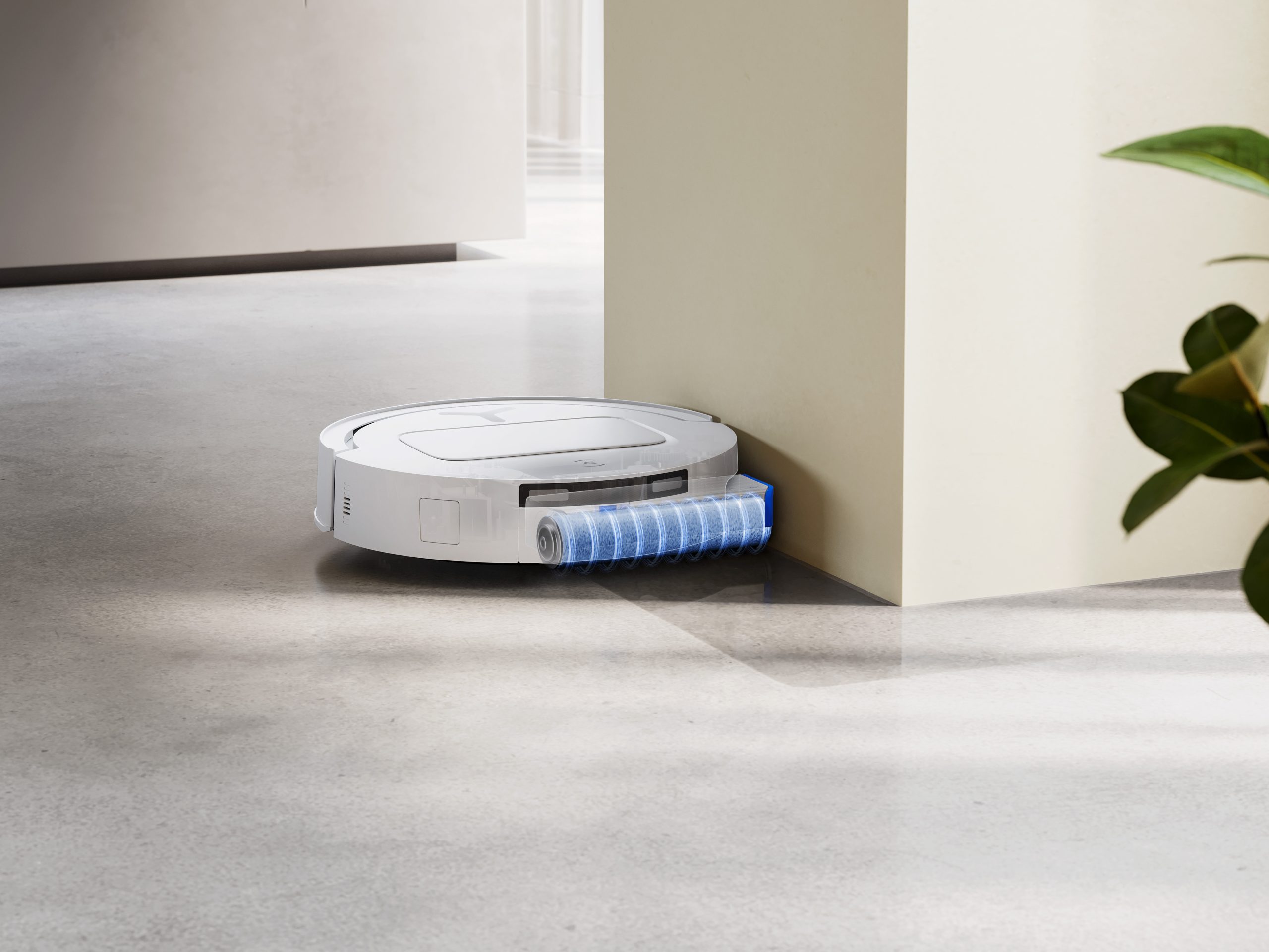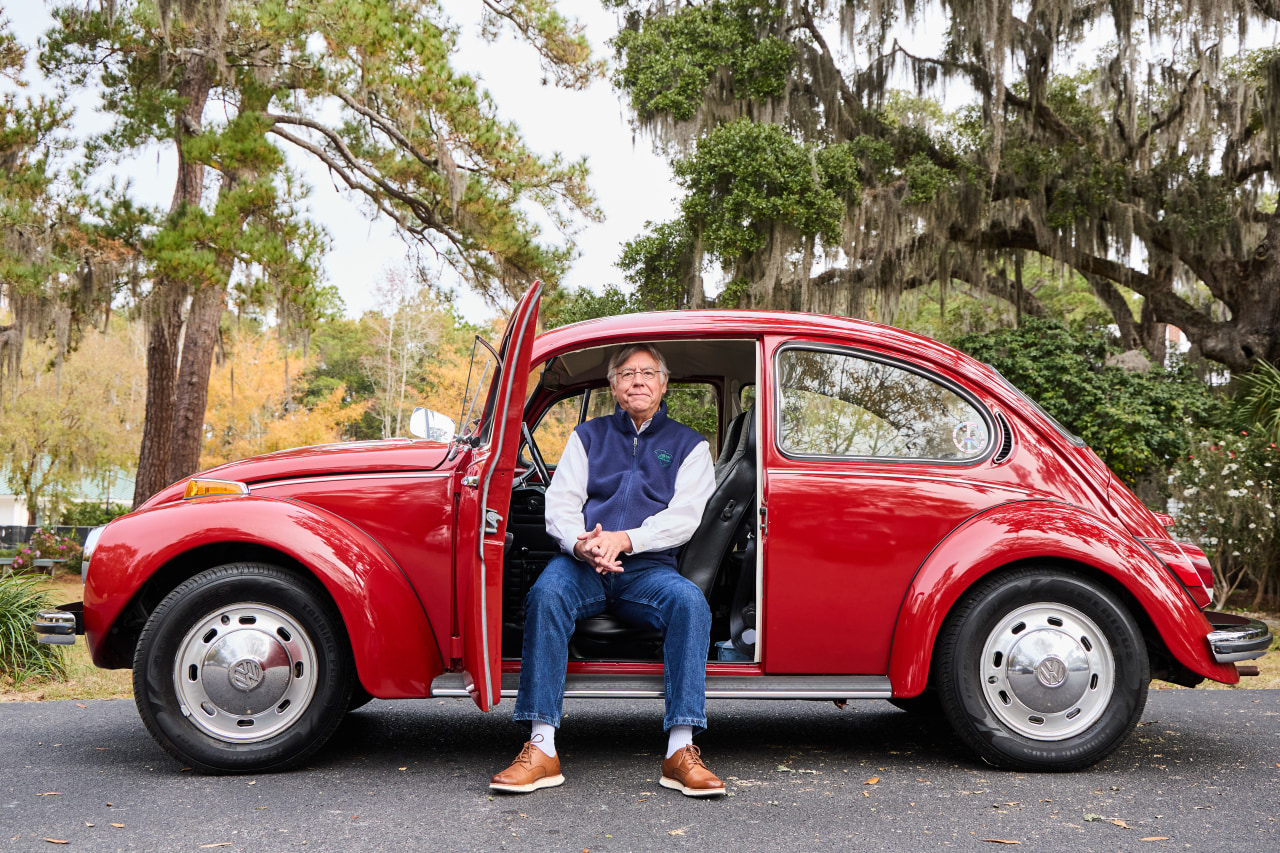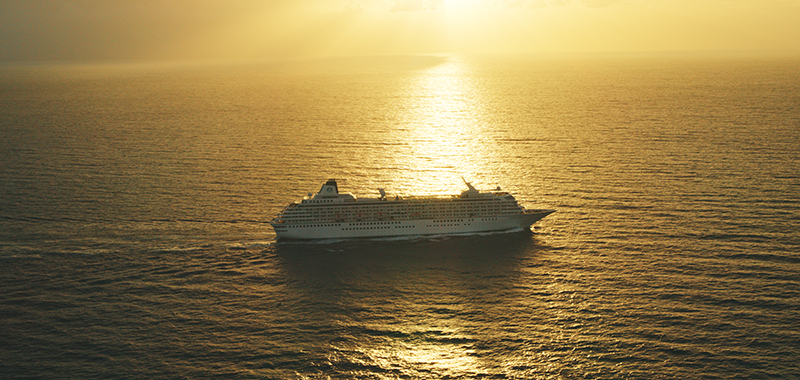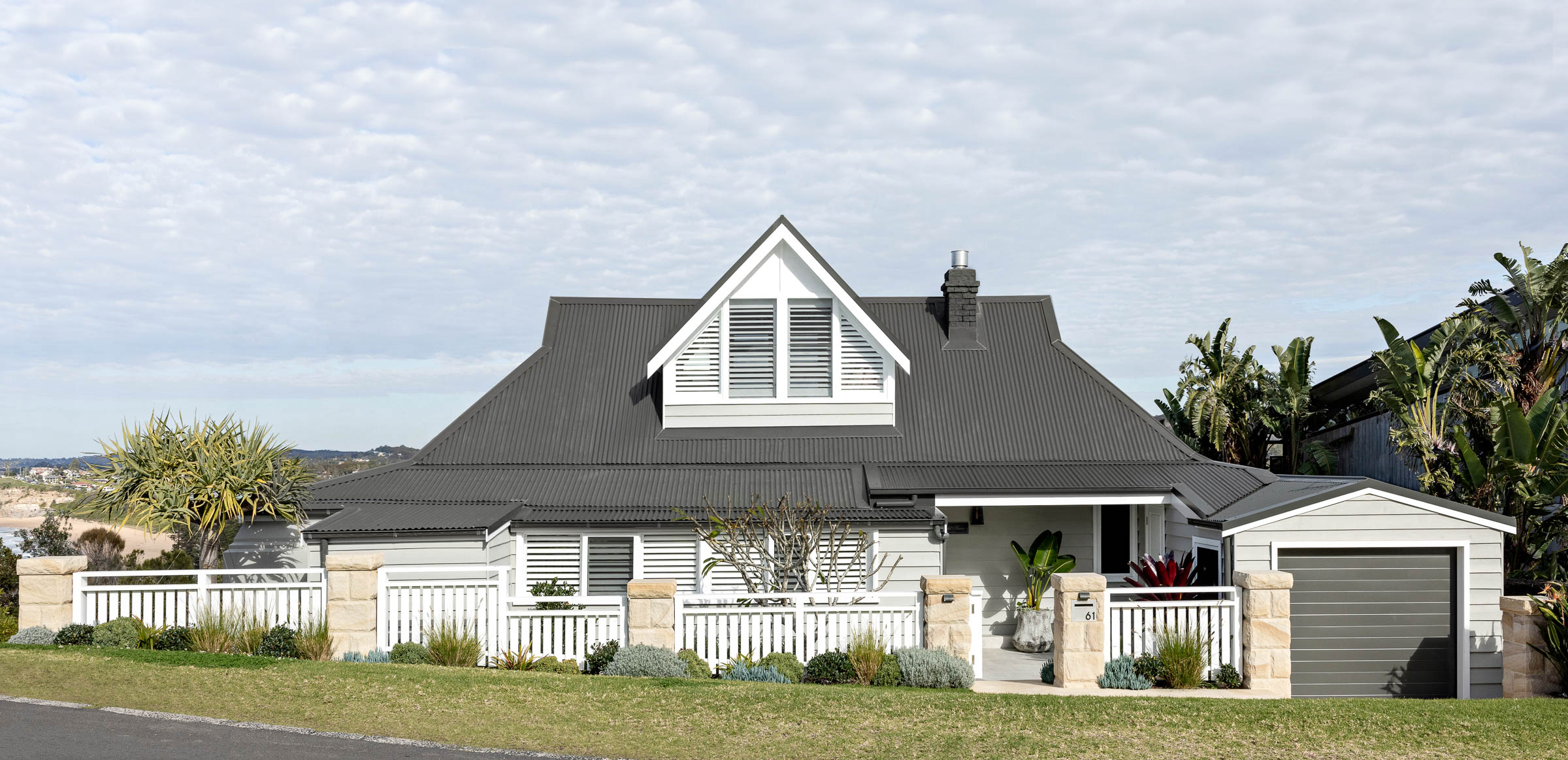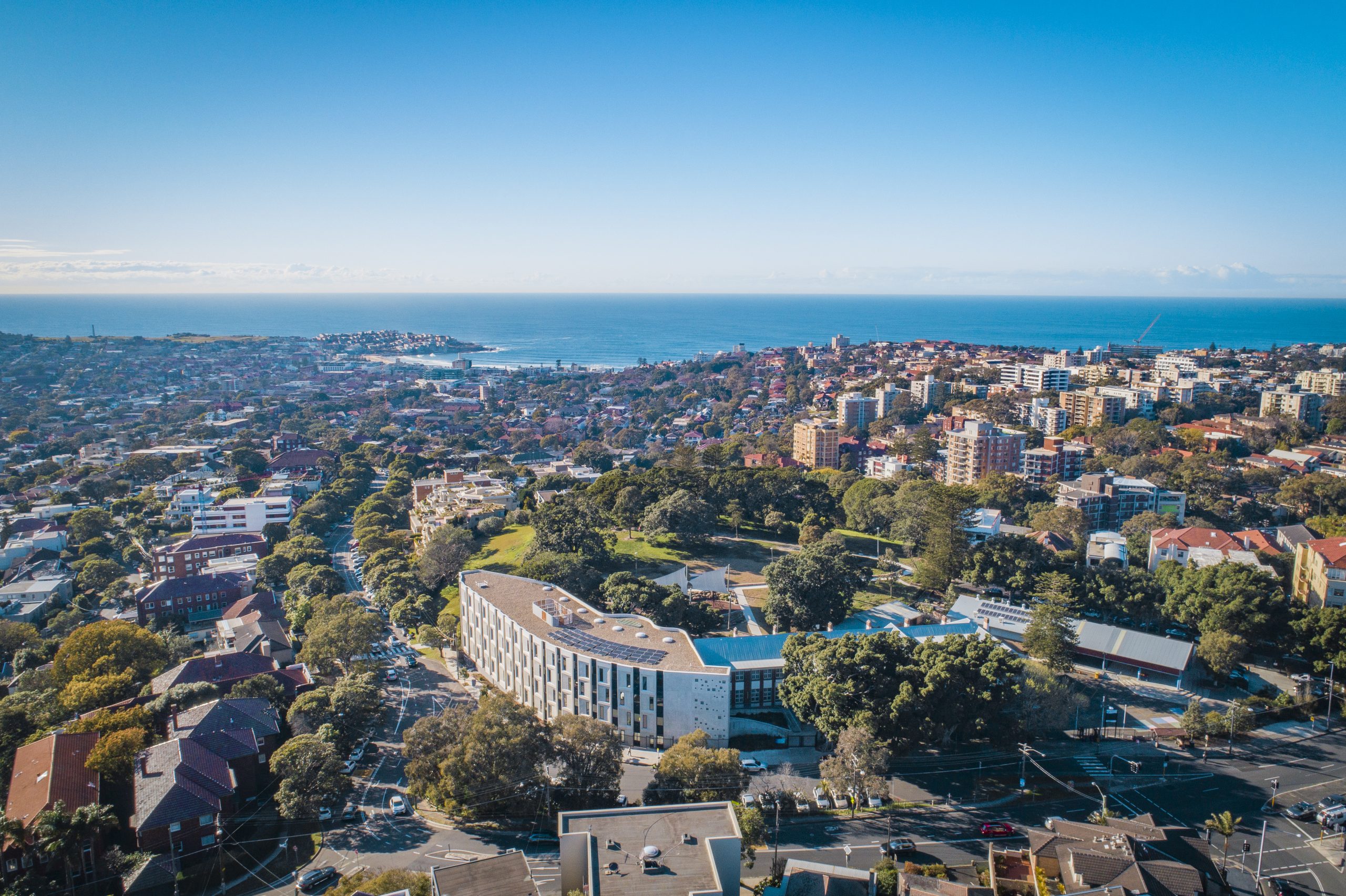THE QUIET REVOLUTION ROLLING THROUGH OUR HOMES
The future of cleaning has arrived, polite, precise and surprisingly elegant. Here, we review the Ecovacs Deebot T80 Omni robotic cleaner.
We’ve quietly slipped into the age of automation. The robots haven’t taken over; they’ve just moved in. They clean our floors, make our coffee and lock our doors. They don’t argue, they don’t forget and the best of them don’t even need us at all.
That quiet efficiency is what struck me when I began testing the Ecovacs Deebot T80 Omni. It wasn’t the novelty of a robot vacuum (we’ve all seen them scuttle around in circles) but the sheer intelligence of it.
It moved through rooms like it knew them, mapping and memorising every contour, the furniture and the rugs. It vacuumed, mopped, rinsed itself clean, then returned to base to recharge – telling me where it was off to.
The first time I used it, I couldn’t find it. Turns out, it had taken itself out to the back deck. That’s taking cleaning seriously. And speaking of serious cleaning, one of my favourite things about it is seeing it happily clean under my teenagers’ beds. Believe me, no human would want to go there.
The Deebot T80 Omni doesn’t need gimmicks or noise to prove its worth. Its genius lies in its calm and capable nature. It doesn’t bump into walls, fall down stairs or get snagged on cables; it glides with purpose.
The machine’s AIVI 3D navigation system “sees” its environment and adjusts in real time, a low-key kind of intelligence that makes everything feel considered.
Its mopping system uses what Ecovacs calls OZMO Roller technology, applying 16 times the pressure of traditional mops. It scrubs rather than wipes, rinsing itself clean as it works, while the suction power quietly pulls out whatever the broom missed.
And it’s clever enough to lift its mop when it moves over carpet; no soggy rugs, no streaky patches. And it even washes and dries its own mop.
The design is as elegant as the engineering. The docking station, which in most robotic cleaners is an afterthought, has a clean, white aesthetic.
What makes it feel truly modern, though, isn’t the technology itself; it’s what that technology represents. Help is no longer about people doing more for us; it’s about systems that think for themselves and quietly removing friction from daily life.
That’s luxury now, not extravagance, but absence. Absence of effort, of noise, of time wasted.
I set the Deebot off every morning while I work. It hums softly in the background, unobtrusive and assured, then returns to its base like a butler excusing itself after service. There’s something wonderfully civilised about that.
I love hearing that low, steady hum. It’s not the sound of housework; it’s the sound of progress: calm, precise, and, if I’m honest, a little bit satisfying as it’s one less job I know I have to do.
The author tested the Ecovacs Deebot T80 Omni in her home for a fortnight. The model is available exclusively at Harvey Norman, RRP $2,299.
Formula 1 may be the world’s most glamorous sport, but for Oscar Piastri, it’s also one of the most lucrative. At just 24, Australia’s highest-paid athlete is earning more than US$40 million a year.
From gorilla encounters in Uganda to a reimagined Okavango retreat, Abercrombie & Kent elevates its African journeys with two spectacular lodge transformations.
Tasmania’s LARK Distillery’s limited-edition single malt is shaping up to be one of the season’s most luxurious gifts.
If you’re hunting for a Christmas present that won’t end up re-gifted by February, LARK Distillery has delivered something genuinely special.
The Tasmanian whisky house has unveiled its 2026 Limited Edition Lunar New Year release, the Fire Horse Edition, a striking single malt that blends craftsmanship, culture and collectability.
Inspired by the Year of the Fire Horse, the release is as much an artistic object as it is a whisky.
Sydney artist Chris Yee has cloaked the bottle in a luminous wrap of symbolism and texture. His design fuses fire, wood and water, with Cradle Mountain and celestial motifs anchoring the scene.
Waves of movement and paths of connection run through the artwork, reflecting the journeys, traditions and family reunions that define the season.
Yee describes the concept in the release as an homage to the natural elements that shape both Asian and Australian cultures, saying he wanted to highlight how “fire, wood and water” sit at the heart of the distilling process and the stories we share.
Inside the bottle, the whisky is just as layered.
Matured in first-fill Sherry and Port casks, it opens with soft pear blossom and honeyed tea notes before moving through orange-spiced cake, apricot compote and treacle sponge pudding.
The finish lingers with hazelnut praline, glazed fruits and a whisper of highland peat smoke. It’s indulgent without being heavy; festive without being overly sweet.
LARK Master Distiller Chris Thomson captures the sentiment neatly in the release, saying the Fire Horse Edition “is about more than flavour, it’s about the feeling of coming together.”
The whisky holds the celebration in the glass, while the artwork reflects the journey home.
For those planning Lunar New Year drinks, LARK also suggests a few seasonal serves, including a Sencha Blossom Old Fashioned and a Toasted Fortune Highball with toasted sesame cordial.
With only a limited number available and strong gifting appeal, expect this one to move quickly.
By improving sluggish performance or replacing a broken screen, you can make your old iPhone feel new agai
Once a sleepy surf town, Noosa has become Australia’s prestige property hotspot, where multi-million dollar knockdowns, architectural showpieces and record-setting sales are the new normal.









